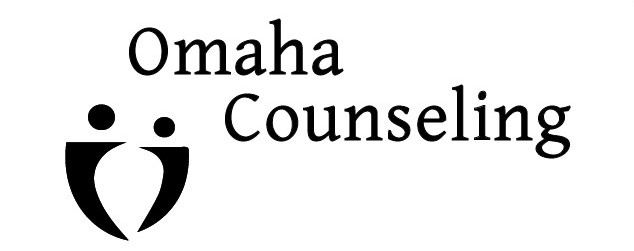Blog #28
“A relationship is not based on the length of time you spend together; it’s based on the foundation you build together.” – Unknown
What is attraction?
What is love?
Why do people get married?
Whether you’re in a relationship, multiple relationships, single, or just the philosophical type, you may have pondered these very questions. What is it about someone that lights us up, makes us feel secure, or like our souls were familiar with one another long before we met? And how do we know if marriage is right for us? Historically, marriage has been a rather rigid concept – two people meet, fall in love, get married, and, well…that’s just the way it was. However, in today’s world, this sentiment is shifting. People are realizing that marriage isn’t the only way of being with somebody; in other words, loyal and unmarried partners can be as committed to each other as married spouses. Taking it a step further, individuals may even have more than one partner to whom they are equally committed. Any way you slice it, to have a partnership built on a foundation of trust, devotion, and love, it’s critical to define the relationship and discuss the associated expectations.
Transparency between two partners is invaluable, no matter how the relationship is defined. Couples in monogamous, polygamous, or polyamorous situations (all of which are practiced across the globe today and throughout various cultures) must communicate their needs and expectations to their partner(s) for the relationship to work. Why? Because most people aren’t mind readers. Although we may know our partners well, the vast majority of humanity isn’t equipped with clairvoyant gifts – we still need to express our needs and wants. Thus, I believe that relationships (traditional or not) can be successful as long as the arrangement isn’t hurting anyone and if the individuals involved are aware of the expectations.
Another piece to this partnership puzzle deals with attraction. Through my journey as a therapist, I’ve worked with many clients challenged by the dance of commitment and attraction. For example, I’d been working with Luke (name changed to protect anonymity), who had been seeing a woman for a long time. He finally proposed and was going to get married. Before dropping to one knee, he viewed the relationship with his partner as a day-to-day situation; after proposing, it became his forever. Luke reported that they lived together like two best friends, not having sex or even being amorous towards one another; this led him to question what marriage meant to him and if that was the type of marriage he wanted to have with her. In session, he expressed still being attracted to his fiancée, yet he couldn’t deny the feeling of his sexual needs not being met. We discussed what that would look like, the importance of transparency, and the power of communicating his needs to his partner. We also explored what he believed would be different once they’re married and the possibility of him accepting that his marriage might not have a sexual component (at least not at the time). Through our work together, Luke was able to examine his beliefs, his ideals, and his expectations in order to learn how to appropriately communicate them to his partner.
TAKE-AWAY: Expressing your desires to your partner is of utmost importance to the success and longevity of the relationship. Start by being honest with yourself about your needs. What do you need to feel loved, fulfilled, secure, and happy within your marriage or relationship? Is your partner able to meet your needs? Simply put, if either partner is unable to meet the other’s needs, or if the parties involved don’t discuss their feelings or expectations, the relationship can’t thrive – which is why communication and transparency are the cornerstones of any solid relationship.


